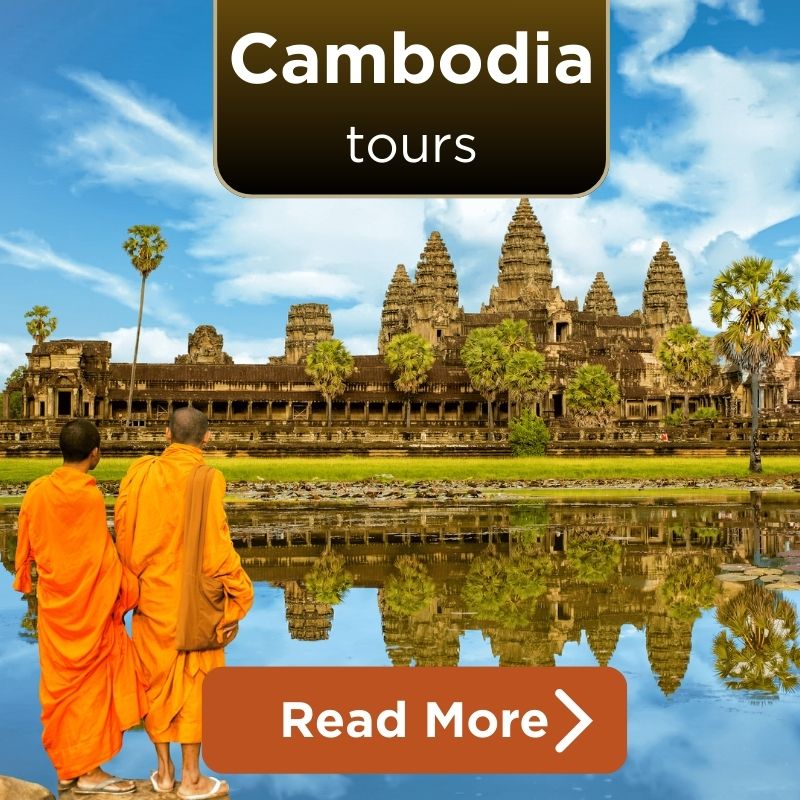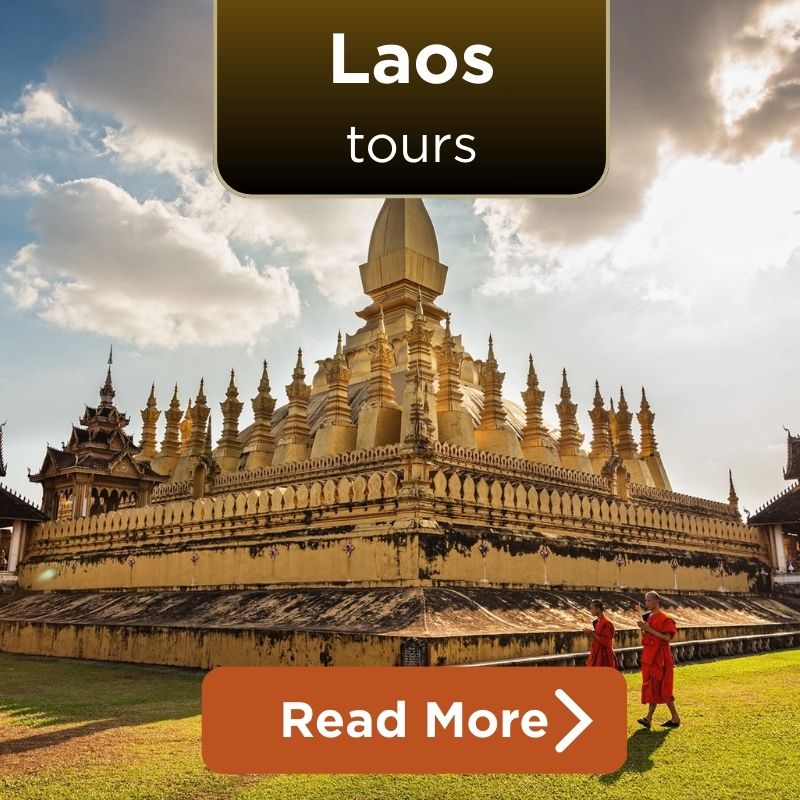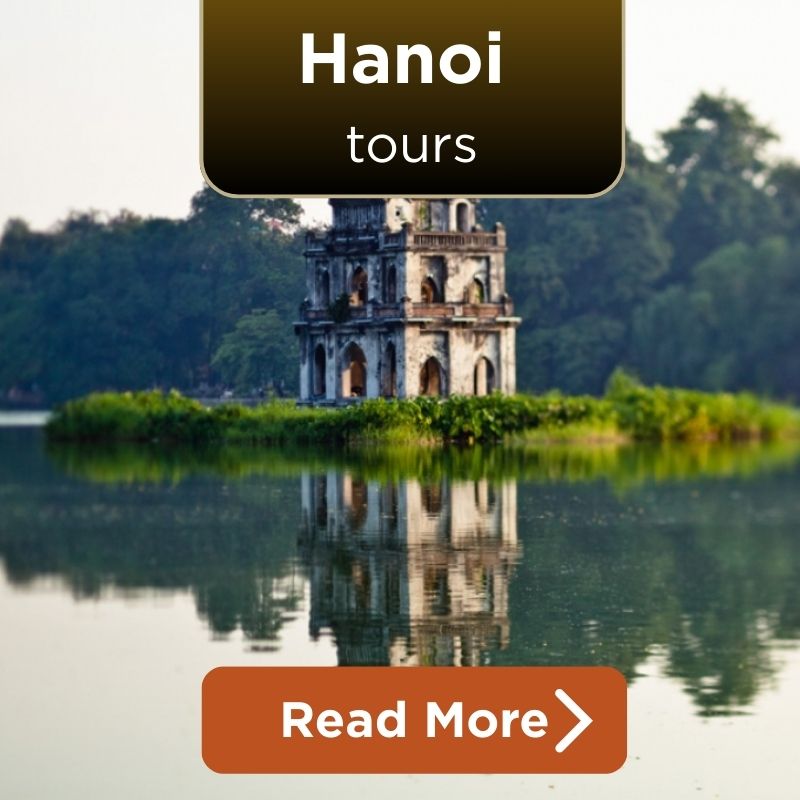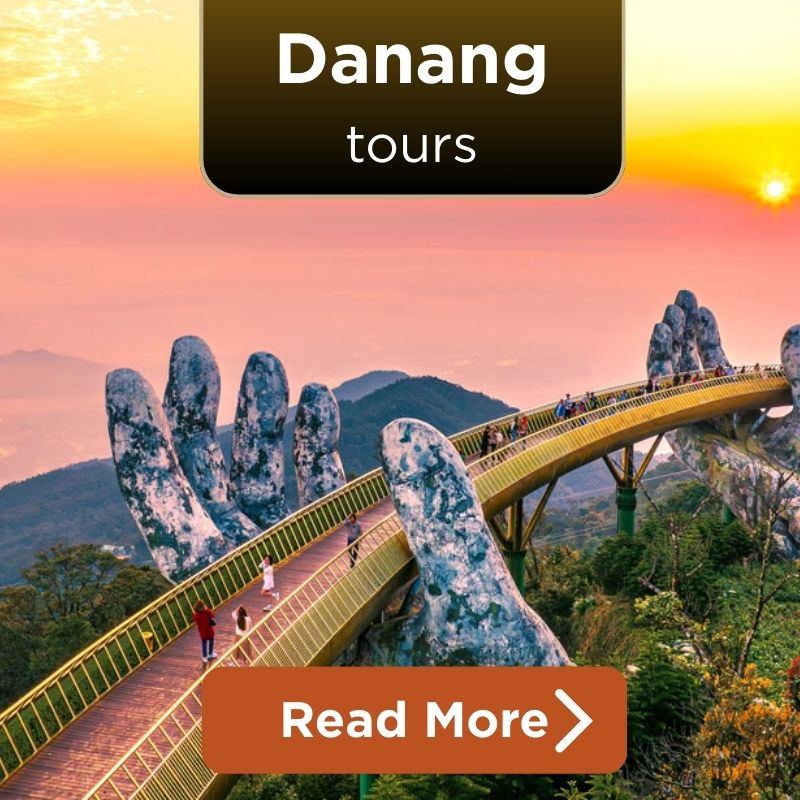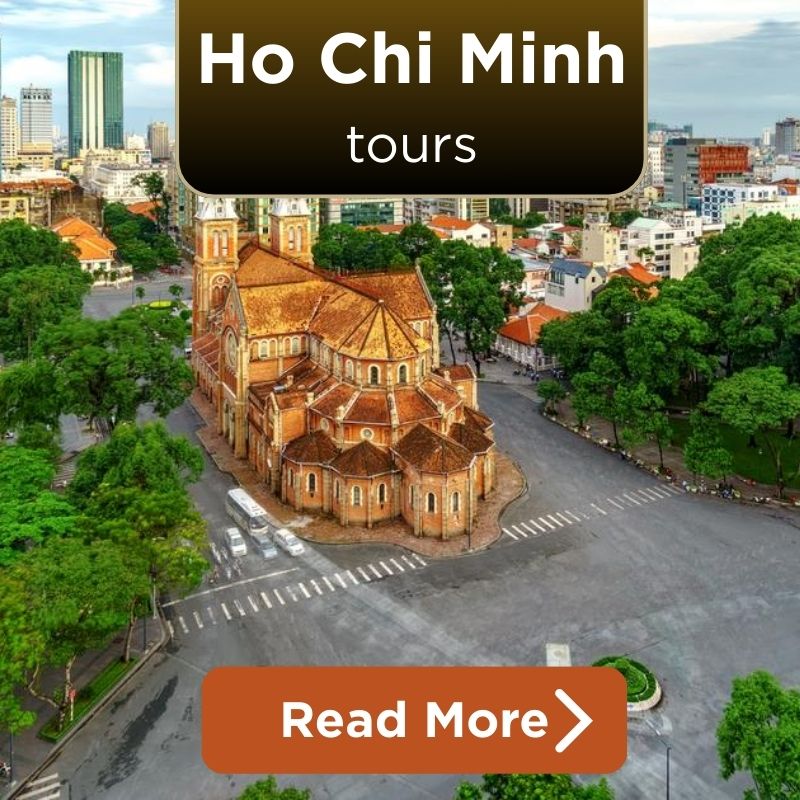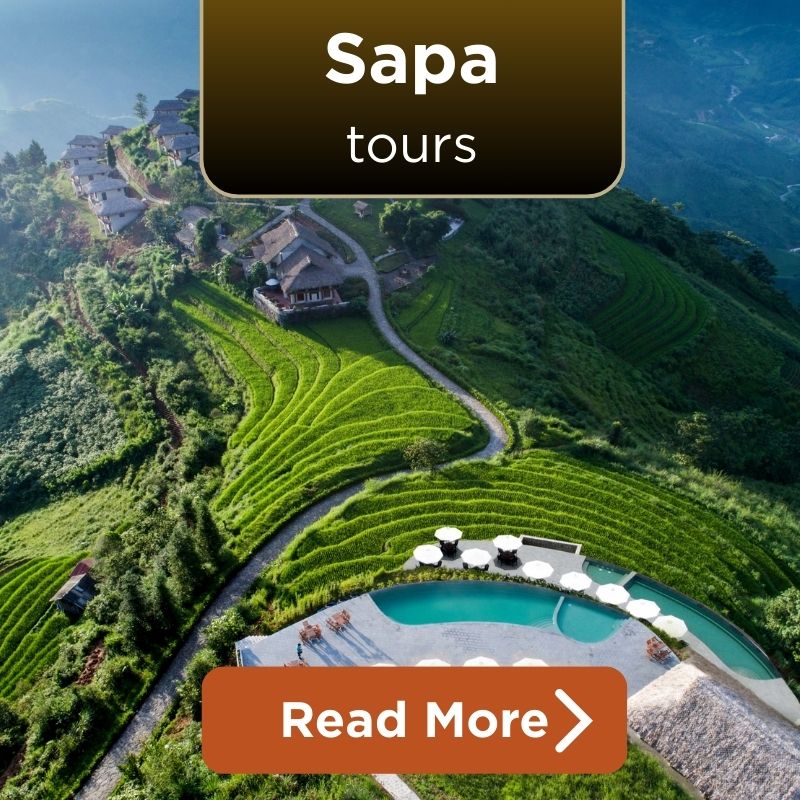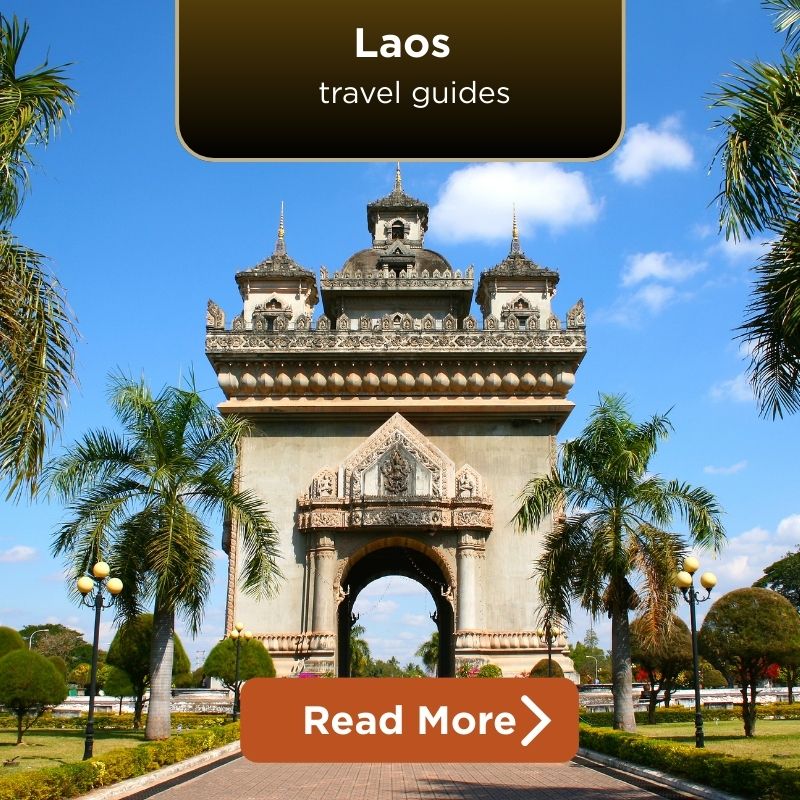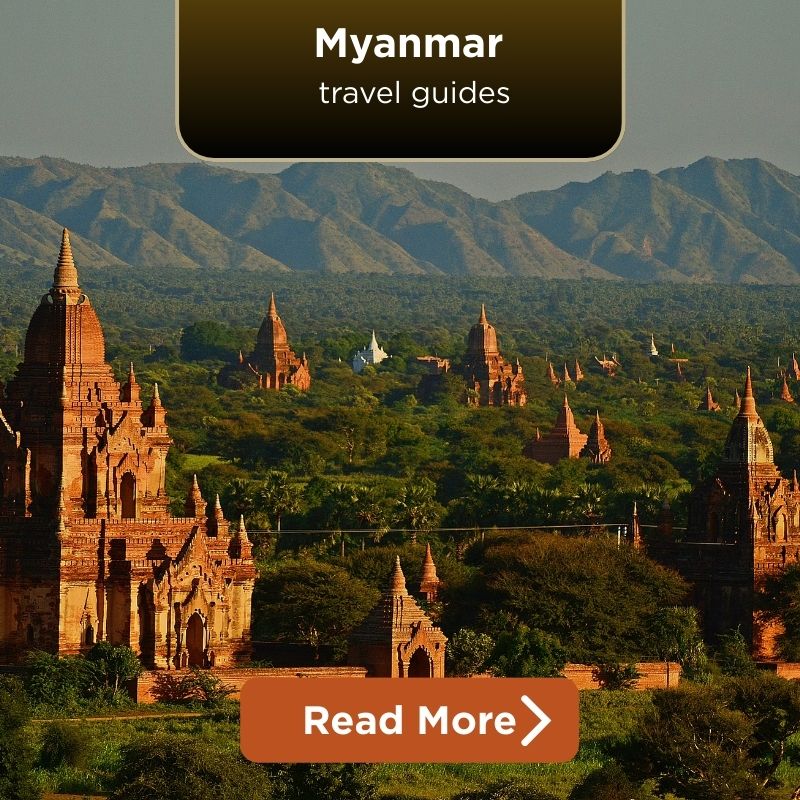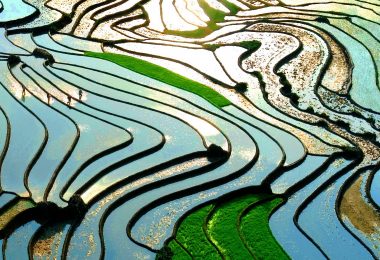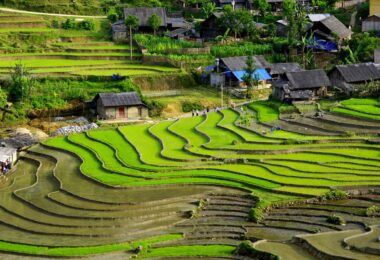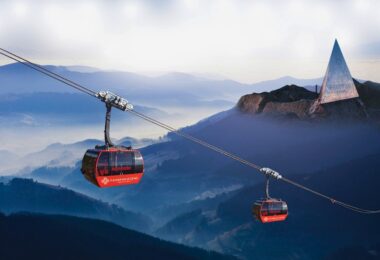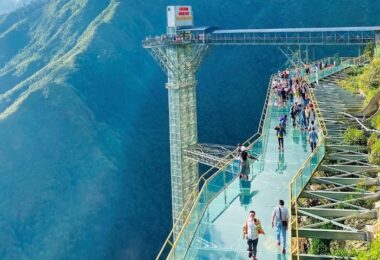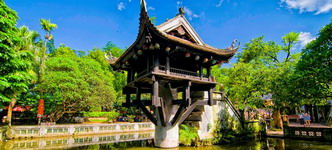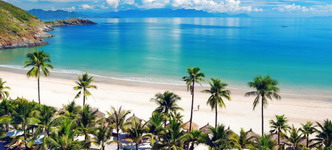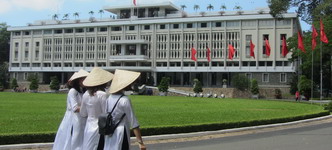Where is Sapa? Answer Exactly
Where is Sapa? Sapa sits high and proud on the flank of the Vietnamese Northwest, high above Lao Cai Province alongside the Chinese border. It’s only 315 kilometers from Hanoi, a 5 to 6-hour drive through delightful scenery or an old-world train trip.
The Sapa altitude rises to around 1,500 meters above sea level. Because of this elevated position, Sapa enjoys a cool mountain climate, with misty mornings and stunning views across the legendary Muong Hoa Valley.
Suppose you prefer a rapid spatial comparison, as Hanoi buzzes on the lowlands, and Ha Giang unfurls farther north. In that case, Sapa hangs beneath the clouds, in between; it’s a veritable gem nestled in the shadow of the mountain range.
A Glimpse into Sapa’s History and Culture
The term “Sapa” is rooted in Mandarin and Hmong languages and refers to a “sandy place” where local markets developed. French colonialists discovered this mountain retreat in the late 19th century and promptly saw it as the perfect health resort. They constructed stone villas and a stone church, the ruins still standing today, close to the Sapa market!
Yet Sapa’s heart is in its people. Here, in lively ethnic communities — H’mong, Dao (Yao), Tay, Giay, and Xa Pho, some of Vietnam’s most unique cultures persist. On the way, you can accidentally visit the Sapa market with whoo-painting, brocade, and a lush and busy festival for leisure.
For even deeper enlightenment, you won’t want to miss visiting Ta Phin and Ta Van villages, they are walking/talking museums about the history, legend, and warm-hearted hospitality.
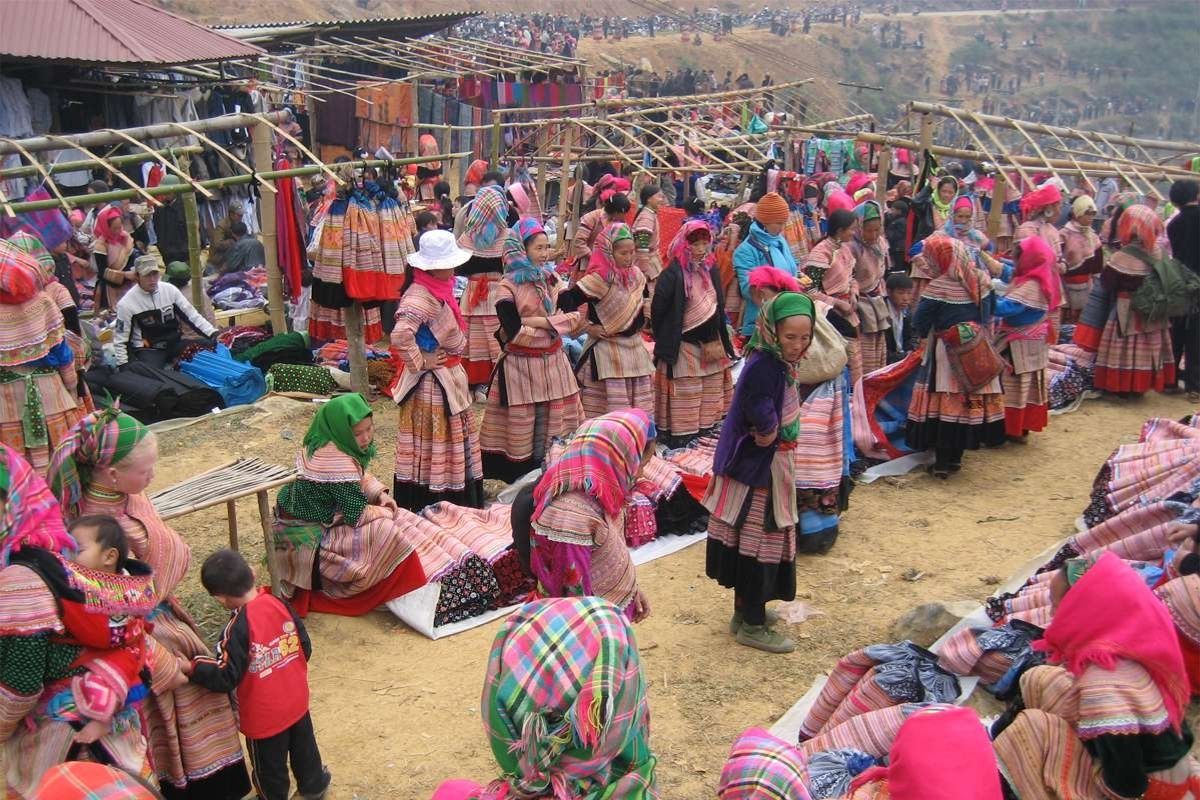
Sapa market (Source: localvietnam)
Sapa’s Climate and the Best Time to Visit
Now, let us get to the seasons at this magnificent height!
- Spring (February to May): Sapa becomes a wonderland of peach, plum, and cherry blossoms, and the cool, crisp air is ideal for trekking the verdant Muong Hoa Valley.
- Summer (June to August): When it’s sweltering in the lowlands, Sapa is pleasantly chilled. This is peak time to marvel at green-rich rice terraces that dominated the landscape in their vibrant, moist-green hues.
- Autumn (September to November): A world of gold awaits you! In the rice harvest, the valleys change colors, dressing up in gold under a crystal clear sky.
- Winter (December to February): Yes, incredibly, snow occasionally blankets Sapa’s highest peaks – a surreal sight in tropical Vietnam! Cold weather, foggy mornings, and holiday feelings bring Sapa alive; it is amazing!
Due to its high elevation, Sapa’s climate is significantly cooler than elsewhere in Vietnam. Layer up for the misty mornings and cooler evenings all year long!
Pro Tip: Ahead of your visit, consult the sapa tourist information center latest information to find out the weather and the best festivals!
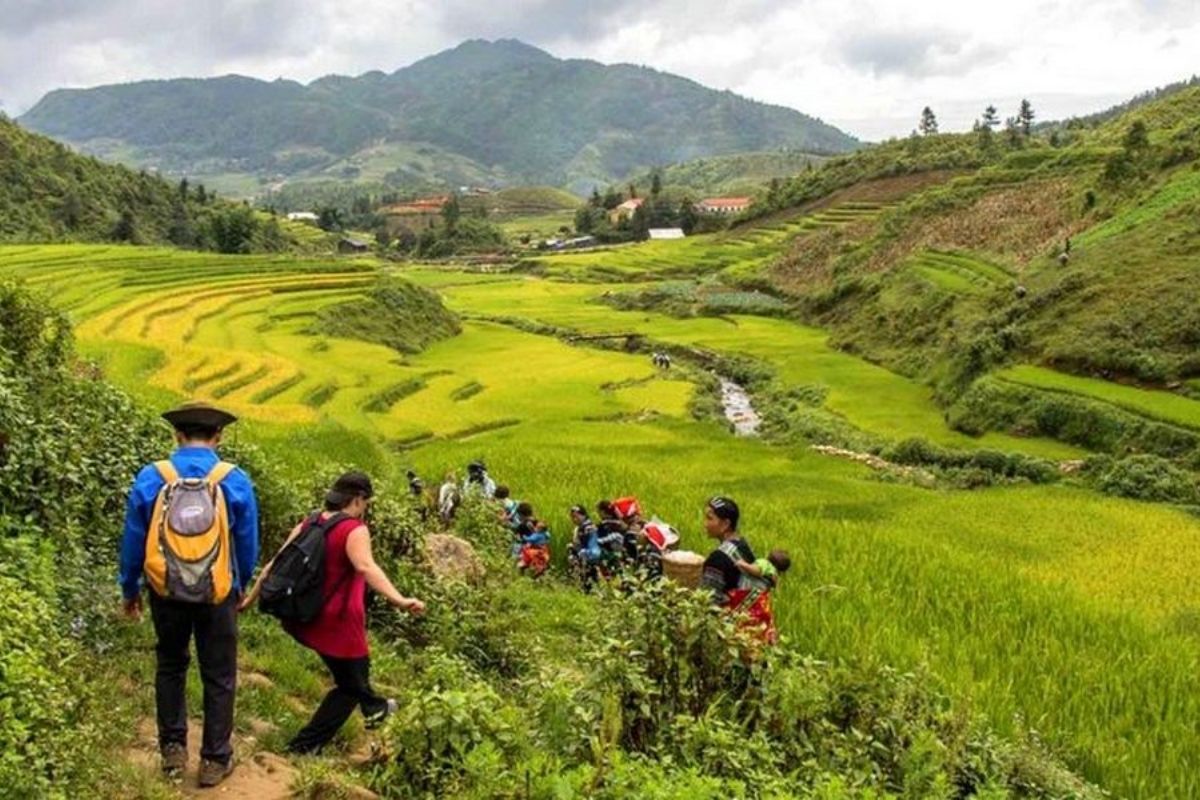
Trekking in Muong Hoa Valley (Source: vietnamvisa)
How to Travel to Sapa: Transport Options
Ready to go find out where is Sapa by yourself? Here’s what you need to know to get to this mountain marvel from Hanoi:
- Sleeper Train: Sleep yourself through the scenic countryside of Vietnam on trains like the Sapaly. Rise to the rolling mountains, and a new adventure.
- VIP Sleeper Bus: Want to get there quickly? The VIP buses have individual cabins, facilities on board, and a direct link between Hanoi and Sapa in 5-6 hours. Great for those on a budget and flexible travellers.
- Private Car or Motorbike: Are you the adventurous kind? The drive to Sapa allows the freedom to pull into spectacular areas such as the O Quy Ho pass and secret waterfalls. Note: The high mountain roads are very narrow and rough, and only traders will be able to drive with confidence.
Budget Range:
- Trains: ~$35–USD 80 one way.
- VIP Buses: ~$18–USD 25 one way.
- Private Transfer: ~$100–$150.
Get inspired with our helpful tips. Tips on things to do in Sapa after you get up there from climbing Fansipan via cable car or trekking through the likes of Cat Cat village and the National Park´s amazing scenery!
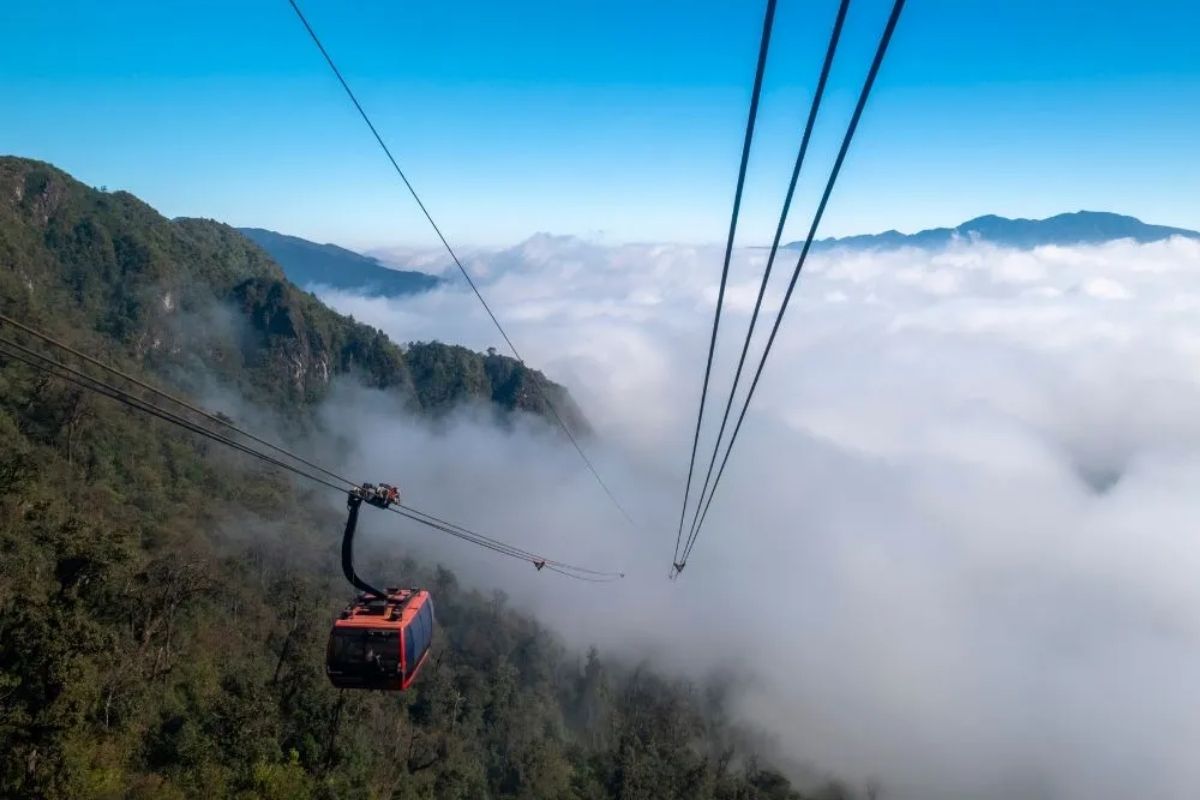
Fansipan via cable car (Source: trekkingtoursapa)
What Awaits You in Sapa: Must-See Highlights
But the fun doesn’t even end with discovering where is Sapa, it starts when you are here. Prepare to be blown away, because these magical sites will knock you off your feet!
Fansipan Peak (“Roof of Indochina")
So you’ve always wanted to stand on top of the highest peak in all of Indochina? Fansipan, towering at 3143 meters above sea level, is calling your name! You can either climb this grand summit or soar above emerald forests on the world’s greatest cable car, winding its way into the heart of the mountain range.
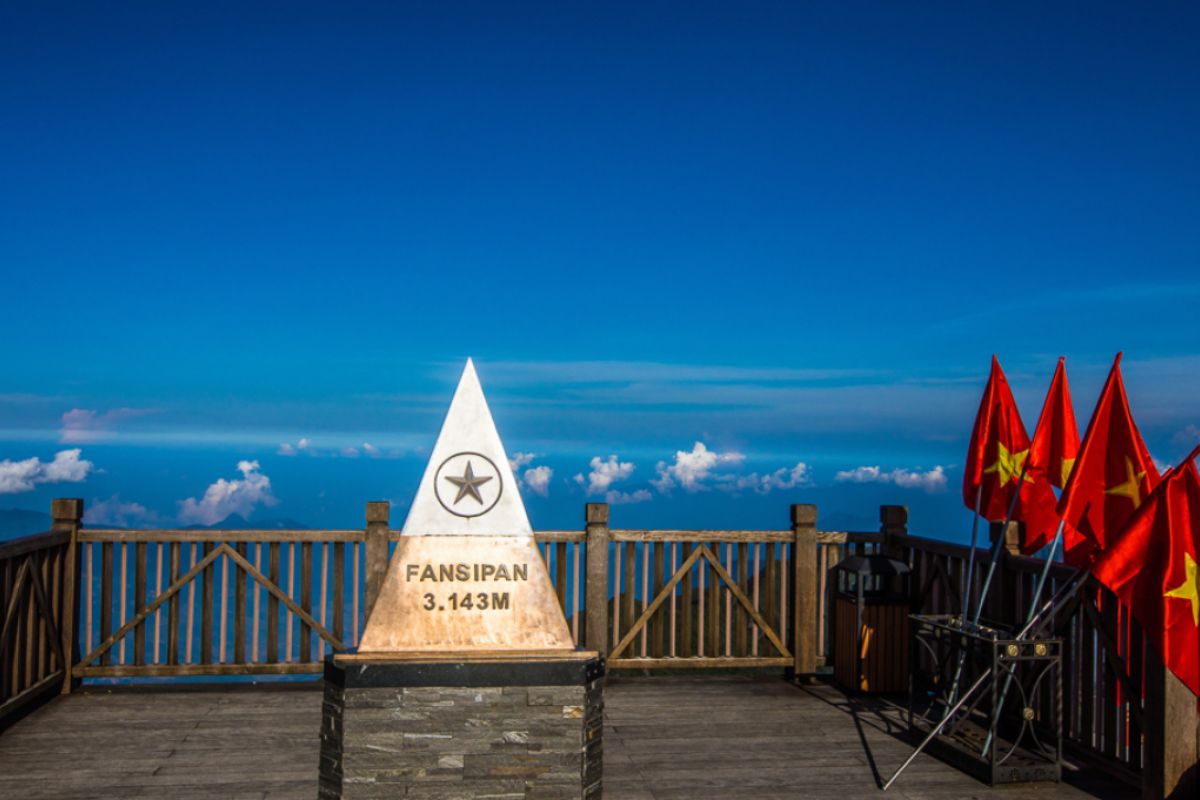
Fansipan Peak (“Roof of Indochina") (Source: vietnam.travel)
Muong Hoa Valley
Spread beneath Fansipan’s rugged silhouette lies the enchanting Muong Hoa Valley. With its spectacular rice terraces, ancient rock carvings, and the charming ethnic minority village of Ta Van, the valley creates a picture-perfect vignette spread over the landscape. A must for anyone coming to Sapa!
Cat Cat Village
Get right to the heart of local life at Cat Cat Village, where H’mong people demonstrate their arts of weaving, silver carving, and traditional lifestyle. It’s like taking a step back in time amid waterfalls and overgrown greenery.
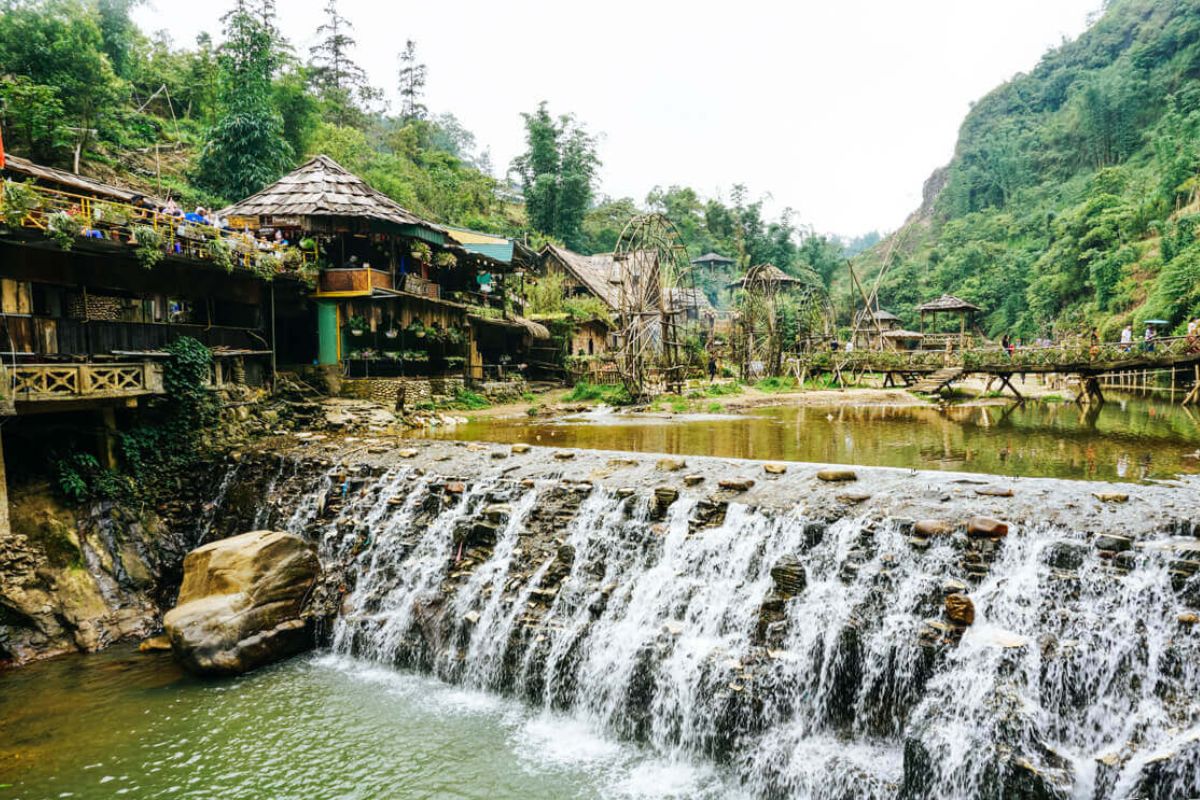
Cat Cat Village (Source: expatolife)
Silver Waterfall and Love Waterfall
Marvel at the awesome power of the Silver Waterfall and fill your heart with the tranquil beauty of the Love Waterfall, two natural wonders that are just a quick drive from the heart of town.
O Quy Ho Pass
Get ready for the road trip of a lifetime! The O Quy Ho Pass cuts through foggy mountains and opens up views that redefine breathtaking.
Sapa Stone Church
An imposing structure from the French colonial period, the Sapa Stone Church is the historic heart of the town. Just go and look at it, particularly in the evening, when the golden hues of light flare across its rocky visage.
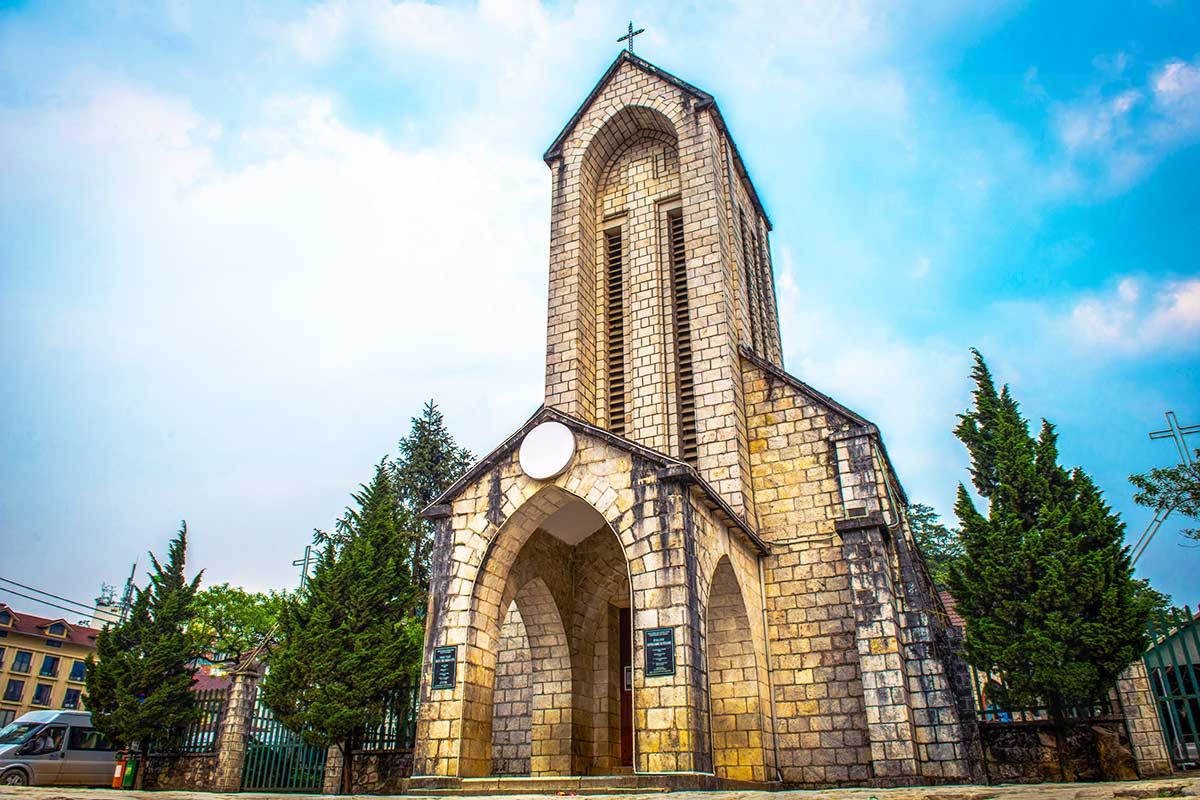
Sapa Stone Church (Source: localvietnam)
Short Trekking Routes for Beginners
Not quite ready for something like Fansipan? No problem! Gently staggering treks, perfect for beginners, unfold over trails around Muong Hoa, Cat Cat, and Ta Phin.
Where to Stay in Sapa: Cozy to Luxurious
Homestays
Get a taste of the true local life at a homestay in Sapa, Vietnam. You’d be waking up in the middle of a sea of rice terraces at Ta Van or Ta Phin, sipping tea while clouds drifted past your window. It’s more than just a place to stay, it’s living the mountain dream.
Hotels and Resorts
Should comfort be your thing, Sapa doesn’t disappoint. From boutique inns to luxury escapes like Topas Ecolodge or Hotel de la Coupole, every stay is an experience steeped in grace and soul.
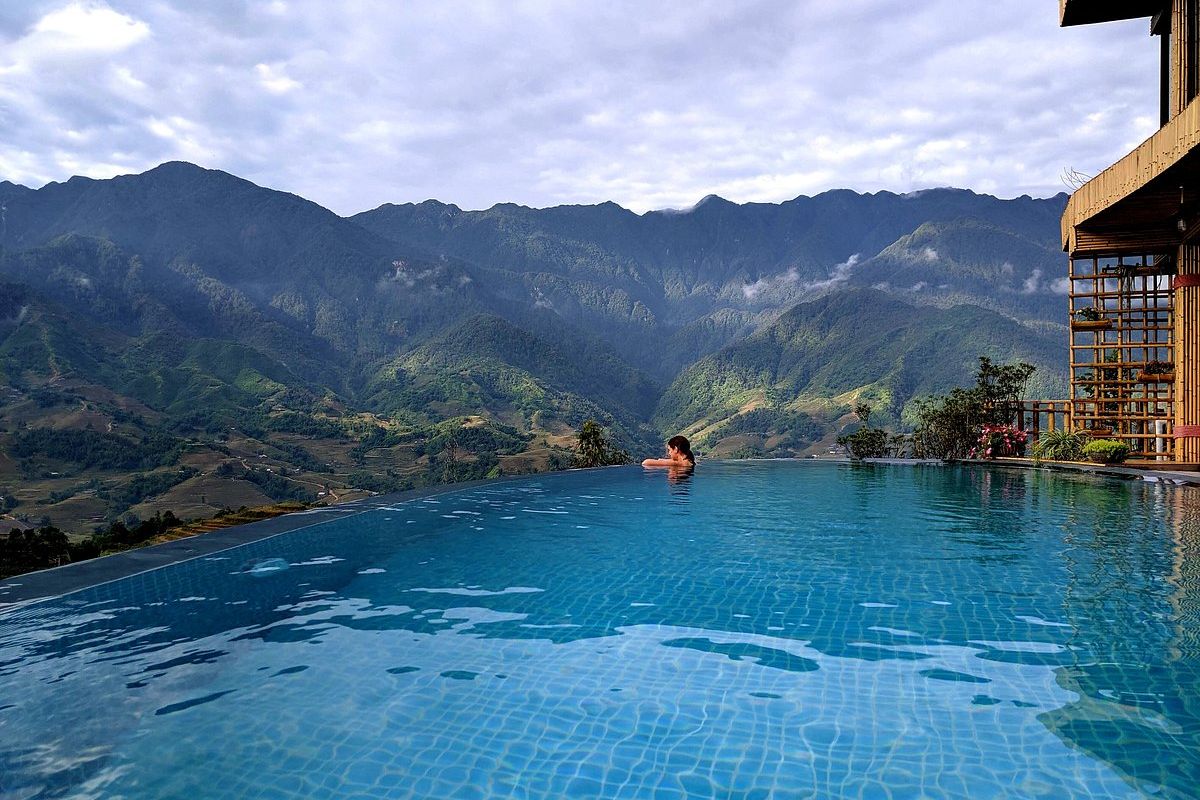
Hotels and Resorts Sapa (Source: tripadvisor)
Accommodation Tips by Season
In high season (including June-August and during the harvest in autumn), make a reservation ahead of time to save your place. Prices also rise alongside demand, particularly before national holidays and festivals.
What to Eat in Sapa: A Culinary Adventure
After conquering the mountains and valleys for days, it’s time to conquer your appetite!
- Must-Try Dishes
- Thang Co: A traditional piquant stew, vivid in flavor, deep in culture.
- Salmon Hotpot: Sapa’s icy streams mean the salmon here is especially fresh. This warm, bubbling feast is an ideal reward after a foggy hike.
- Black Chicken: A regional bread-and-butter item, grilled or steamed, loaded with flavor and folklore.
- Unique Experiences
Sit down for dinner with a local family to listen to the stories their ancestors told, or walk through the dynamic Sapa market at twilight, where food, colors, and smells explode in ways you will not forget.
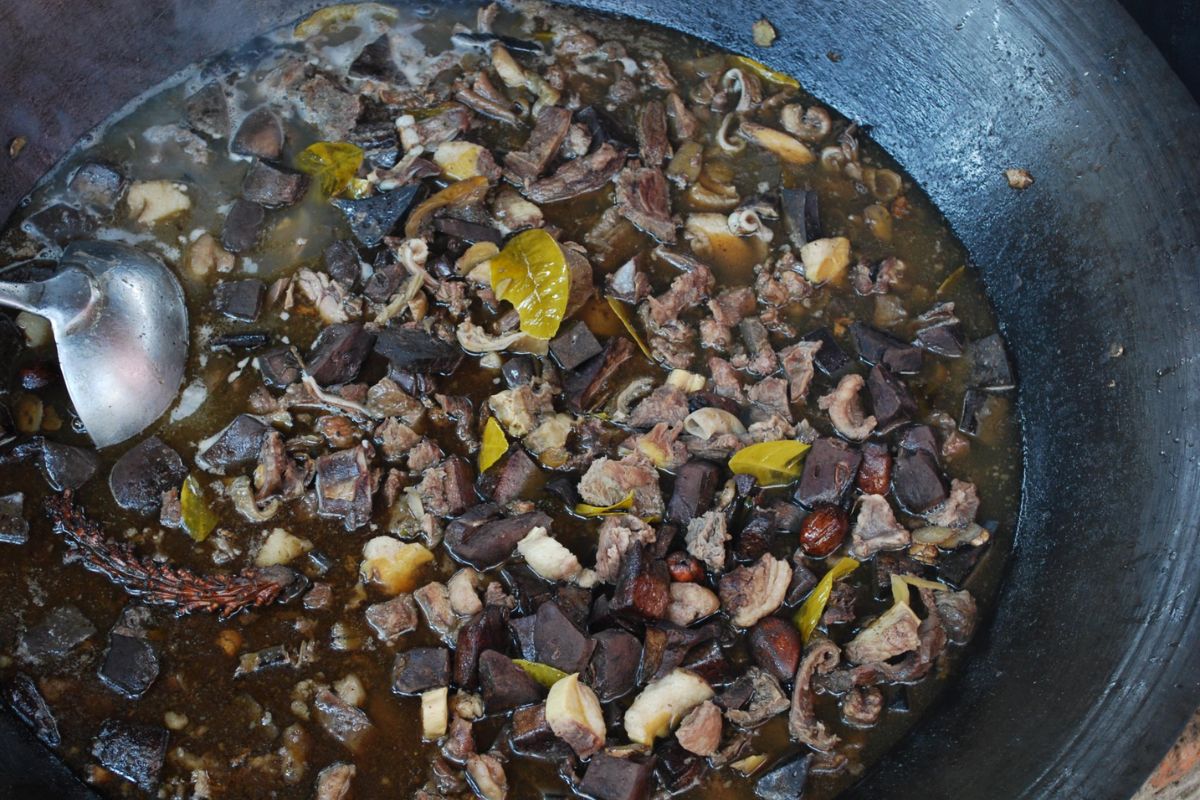
Thang Co (Source: wikipedia)
Essential Travel Tips for First-Time Visitors
Before you head for the highest mountain and the lowest valley, here’s how to be smart about it:
- Packing Essentials
- Warm clothes (it can be quite cold in the evenings, even in summer, because of the altitude in Sapa)
- Quality trekking shoes
- Raincoat (showers can come and go at any time)
- Health and Safety
- Keep an eye out for slight altitude sickness at this rather unique altitude, Sapa.
- Only eat at such restaurants or take home meals to be safe from food-related problems.
- Responsible Tourism
- Purchase arts and crafts directly from the artisans.
- Be respectful of local customs, there’s not much a warm smile and a little patience won’t do to help you out in the villages.
- Keep the epic national park trails clean for generations of adventurers to come!
Conclusion
So, where is Sapa? It’s the point where dreams meet the top of the clouds, where the soil surfs over golden waves of rice terraces, and where the sun rises behind a greater masterpiece. Sapa Vietnam is calling, from the ethereal Muong Hoa Valley to the peaks of the majestic Fansipan, from the cosy homestays snuggled deep in foggy valleys to the vibrant town filled with the hum of human life. Whether you are looking for a cultural or adventure holiday, you can find it in Sapa.
FAQ about Sapa
Which part of Vietnam is Sapa?
Sapa is situated in the Northwest region of Vietnam in Lao Cai province, close to the border with China.
What is the closest city to Sapa?
The closest big city to Sapa is Lao Cai, some 38 kilometers away, and also the main arrival point by train from Hanoi.
How long is the journey from Hanoi to Sapa?
It will take 5-6 hours by sleeper bus/car, or about 8-9 hours by train, and then a short transfer to town.
Why is Sapa famous?
Sapa is known for its picturesque rice terraces, its different ethnic minority cultures, its refreshing cold weather, and the Fansipan Peak, the highest peak in Vietnam.






